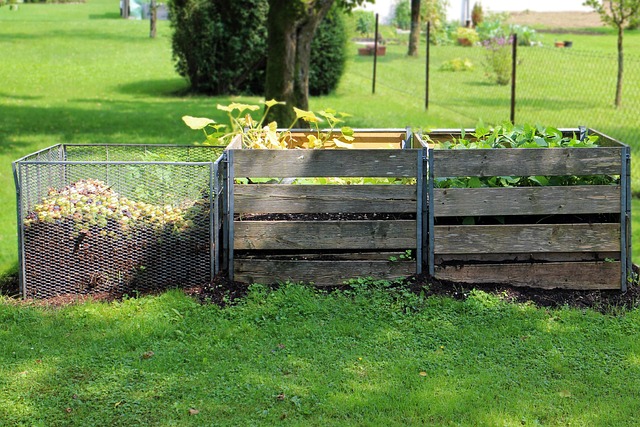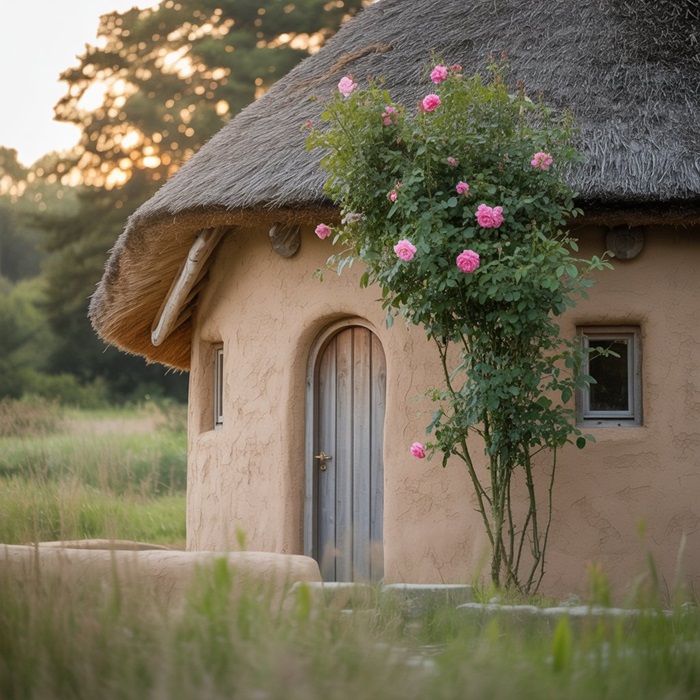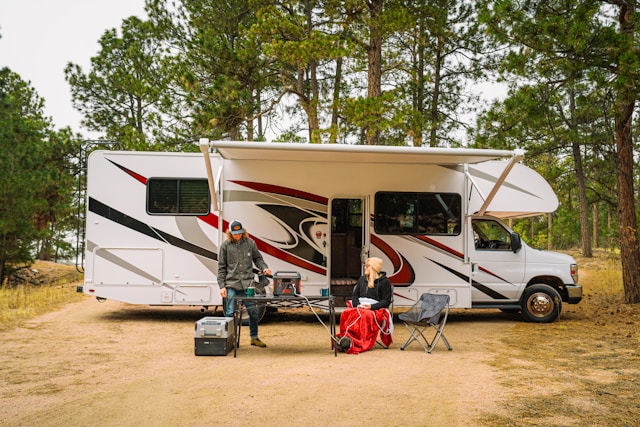Home composting is one of the easiest and most beneficial ways to improve the environment in your garden, in your life, and to decrease the amount of waste generated. Composting yard waste and kitchen scraps into nutrient-rich soil helps save on fertilizer costs and reduces the amount of waste entering the landfill.
Some even say that environmentally friendly features, such as composting, make a more appealing property to the environmentally conscious realtors. Ready to begin? Here are all the composting contents of your home.
The Right to Compost
Composting is a natural process in which the organic matter is broken down to produce rich soil, likened to humus. This increases the productivity of the gardens, and your carbon footprint is less. Sustainable activities frequently make a property more desirable to the homeowner who has adopted the practices. Indeed, certain realtors are featuring composting systems in listings since they speak well to recent home purchasing clients who are becoming environmentally conscious.
The Basics You Need to Start Composting
Compost bin/Pile
The initial step is the selection of a method of composting. One of the things you can do is buy a compost bin, tumbler, or just start a pile in your backyard. Neatly contained bins are good in small areas, as are open piles in the case of a bigger yard.
Green and Brown stuff
To compost successfully, the compost needs the right ratio of greens and browns. Greens are nitrogenous substances like fruit peels, coffee waste, and vegetable leftovers. Browns are carbon-stuffed stuff, such as dry leaves, cardboard, and newspaper. In an effort to have a healthy compost pile, strive to have a ratio of approximately 2/3 browns and 1/3 greens.
Air and Water
The key to moisture. Your compost ought to be like a wet sponge- not really dry and not too wet. It is equally essential to hold aeration; thus, the pitchfork or shovel should be used to turn the compost piles. Oxygen maintains the antibacterial effect in progress and helps to avoid nasty scents.
Optional Add-Ons
Individuals also accelerate the decomposition process by using compost starters or activators. They may be useful when one is a beginner, but they are not obligatory. You can also have a small countertop bin with a lid, which you use to collect the kitchen scraps until you can transfer them to the outside.
What You Can and Can Not Compost
All is not fit for a compost bin. Some acceptable things are scraps of fruit and vegetables, eggshells, coffee grounds, tea bags, used shredded paper, and grass clippings and leaves. Meat, dairy, oily foods, or pet waste should not be turned into compost because the compost process may be slowed, or the compost may attract pests.
Home Composting Advantages
When it is composted, you get good and rich soil, which increases plant growth and saves on water loss; thus, there is no need for the use of chemicals as fertilizers. Your garden will not only grow, but you will also cut down the waste that would go to landfills.
In addition to the personal value, such features as home composting can be of added value to the property itself. Other realtors observe that consumers are showing more interest in sustainable homes, which is evidenced by their willingness to buy in such areas.
Final Thoughts
To begin home composting need little setup – only the appropriate combination of organic resources and a small area, and a little patience. You will end up producing nutrient-dense soil, which will be beneficial to your garden and the environment as time progresses. Besides, sustainable elements such as composting are not only earth-friendly, but they will also help you sell your house in the future. Many realtors contend that going green has now become a selling point, and it is no longer a trend.




